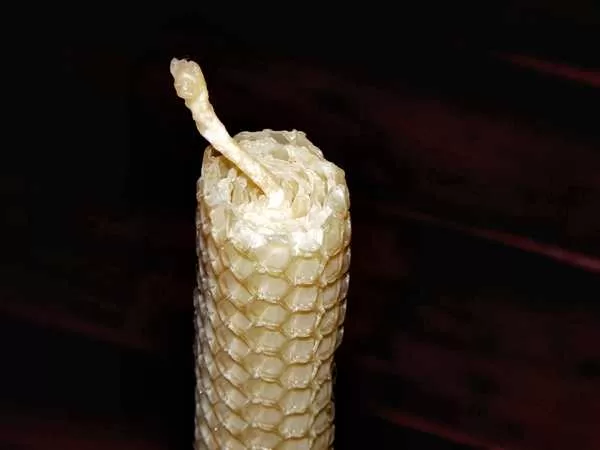Fascinating World of Bee Vomit and Ancient Honeymoon Lore
Honey, often regarded as a natural sweetener and a symbol of sweetness, is actually bee vomit. This might sound unappealing, but it’s a testament to the remarkable process behind this golden nectar. Bees collect nectar from flowers, then bring it back to their hives where they regurgitate it, mix it with enzymes, and store it in honeycombs made of wax. These hexagon-shaped combs are not only functional but also an architectural marvel, providing the most efficient storage with the least amount of material.
The Many Uses of Beeswax
While honey is a delightful treat, beeswax, the substance bees use to construct their combs, has numerous practical applications. Beyond its use in candle making, beeswax is a versatile material. It’s used in furniture polish, shoe polish, and various balms. Additionally, beeswax is employed in food preservation, such as keeping cheese fresh, and as a binder in encaustic painting. It even finds its way into batik dyeing and water-resistant cloth treatments. The residue from rendering beeswax, known as slumgum, is another fascinating byproduct of this process.
Honey: From Ancient Sweetener to Modern Delight
Before the widespread availability of sugar in the 18th century, honey was a primary sweetener. Even today, many people prefer honey for its unique flavor and natural qualities. Remarkably, honey is one of the few foods that can last indefinitely under normal conditions. To prevent oxidation, it should be stored in glass or ceramic containers rather than metal.
The Art and Science of Mead: More Than Just a Medieval Drink
Honey’s versatility extends to beverages, with mead being one of the most famous. Often associated with medieval times and figures like Queen Elizabeth I or Henry VIII, mead is essentially fermented honey mixed with water. Its name, derived from the Greek word “hydromel” meaning “water-honey,” reflects its simple ingredients. Variations of mead include:
- Metheglin: Mead with added spices.
- Melomel: Mead with added fruit.
- Sack (or Bragot): A combination of honey with malt and hops.
In Lancashire, a traditional drink called braggot or bragget was enjoyed on Mothering Sunday, a day when servants and apprentices visited their families with gifts and sweet treats. The term “braggot” may have Welsh origins, combining words for malt and honeycomb.
The Misconception of the “Honeymoon”
Interestingly, the term “honeymoon” has been romantically misinterpreted. Some believe it refers to the custom of providing newlyweds with enough mead to ensure their fertility and prosperity. However, this is a Victorian-era myth. The term actually derives from the idea of the sweetness of love being compared to honey and its inevitable decline as the moon wanes. This interpretation is supported by historical sources like Blount’s Glossographia and is not related to any ancient customs.
Cultural Variations and Historical Insights
The concept of a honeymoon, as understood today, was not commonly observed in ancient times. In different cultures, it’s known by various names, such as “flitterwochen” (tinsel weeks) in German and “wittebroodsweken” (white bread weeks) in Dutch, each reflecting local customs and traditions.
Conclusion
From its origins as bee vomit to its role in ancient rituals and modern beverages, honey is more than just a sweet treat. Its production involves intricate biological processes, and its byproducts offer various practical uses. The romantic myths surrounding honey and mead, although fascinating, reveal the rich cultural history and evolving perceptions of this golden substance.

